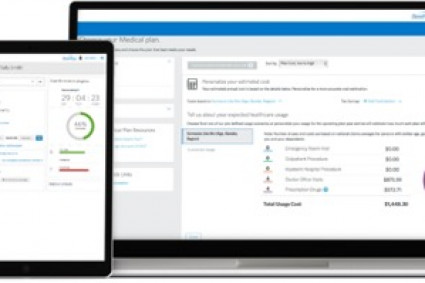
Are you a business owner in the UK wondering how to navigate the intricacies of PAYE? Registering for PAYE (Pay As You Earn) is a crucial step for employers to ensure compliance with HMRC regulations. In this guide, we’ll break down the process into manageable steps, shedding light on what PAYE is, its impact on employers and employees, the ideal time to register, and a step-by-step guide on how to complete the registration process.
What is PAYE?
PAYE, or Pay As You Earn, is a system implemented by HMRC to collect income tax and National Insurance contributions from employees’ earnings. It’s a mandatory system for employers who pay employees, directors, or contractors over a certain threshold. In simple terms, PAYE ensures that taxes are deducted directly from employees’ paychecks, making the process smoother and more efficient.
Impact of PAYE on Employers and Employees
Understanding the impact of PAYE is crucial for both employers and employees. For employers, complying with PAYE regulations is not only a legal requirement but also a way to contribute to the smooth functioning of the UK’s tax system. Failure to adhere to PAYE regulations can result in penalties and legal consequences.
For employees, PAYE simplifies the tax payment process. Instead of dealing with a lump sum at the end of the tax year, PAYE ensures that taxes are deducted incrementally from each paycheck. This not only eases financial planning but also reduces the risk of unexpected tax bills.
When Should You Register for PAYE?
According to HMRC’s current guidelines, register for PAYE before issuing the first paycheck. Keep in mind that obtaining your PAYE reference number may take up to 15 working days, so initiate registration at least a week before the intended payday.
However, registering too far in advance is not permissible. Make sure to complete the registration within two months of the anticipated start date for staff payments.
If you need to remit payment to an employee before securing your employer PAYE reference number, follow these steps:
- Execute payroll processing.
- Safely store the complete payment submission.
- Send a late full payment submission to HMRC.
How to Register for PAYE?
Registering for PAYE is a straightforward process that involves a series of steps. To make it easy for you, we have broken down the process into simple and actionable points:
- Gather Necessary Information: Before starting the registration process, ensure you have all the required information at hand. This includes details about your business, employees, and financial information.
- Access HMRC Online Services: Go to the HMRC website and access the online services. If you don’t have an account, you’ll need to create one. Make sure to keep your login details secure.
- Select ‘Register as an Employer’: Once logged in, navigate to the ‘Services’ section and select ‘Register as an Employer.’ This will initiate the PAYE registration process.
- Complete the Registration Form: Fill in the necessary details in the registration form. This includes information about your business, such as its name, address, and contact details. You’ll also need to provide details about your employees.
- Receive PAYE Reference Number: After submitting the registration form, HMRC will process your application. Upon approval, you will receive a PAYE reference number. This is a unique identifier for your business in the PAYE system.
- Set Up Payroll System: With the PAYE reference number, you can now set up your payroll system to ensure accurate and timely deductions from your employees’ pay.
- Submit Real-Time Information (RTI): As an employer, you are required to submit Real-Time Information (RTI) to HMRC every time you pay your employees. This includes details about earnings, deductions, and taxes.
- Keep Records: Maintain accurate records of your payroll, including employee earnings, deductions, and payments made to HMRC. This documentation is crucial for compliance and may be requested during audits.
By following these steps, you can successfully register for PAYE and ensure that your payroll processes align with HMRC regulations.
While the process of registering for PAYE may seem manageable, it’s important to recognize the complexities that can arise in managing payroll and staying compliant with tax regulations. As your business grows, navigating the ever-changing landscape of tax laws and payroll requirements can become challenging.
To alleviate this burden and ensure that your business remains on solid ground, consider hiring small business accountants. These professionals specialize in managing financial matters for small businesses, offering expertise in tax compliance, payroll management, and overall financial strategy. By entrusting these responsibilities to experts, you can focus on growing your business with the confidence that your financial affairs are in capable hands.




